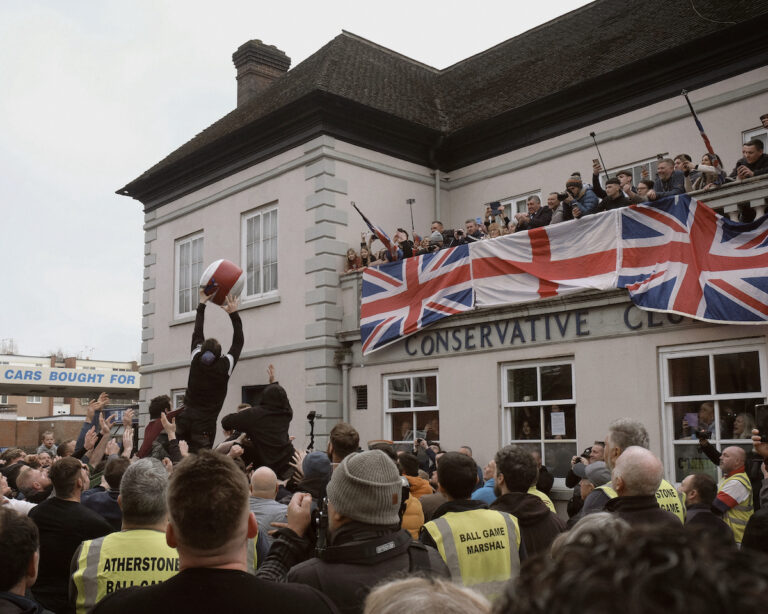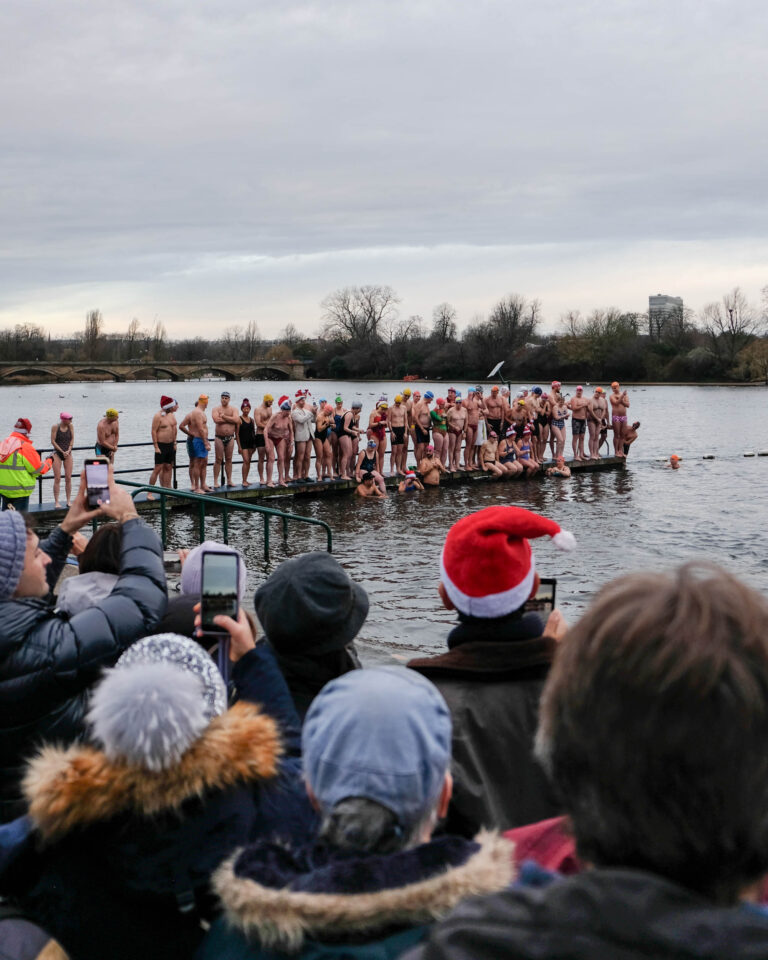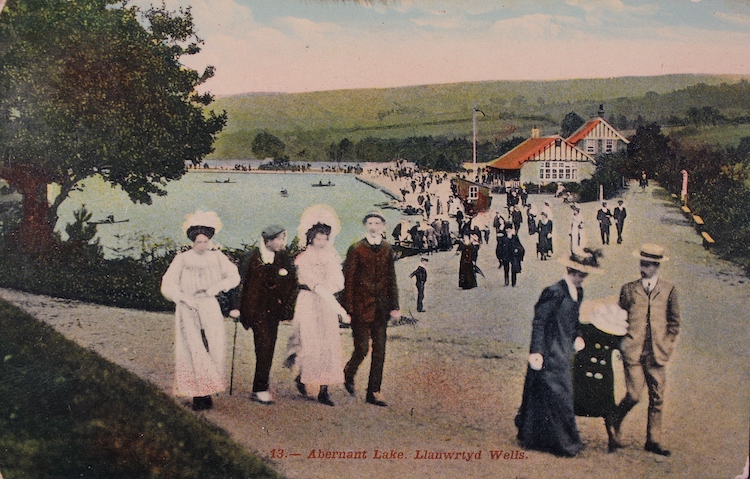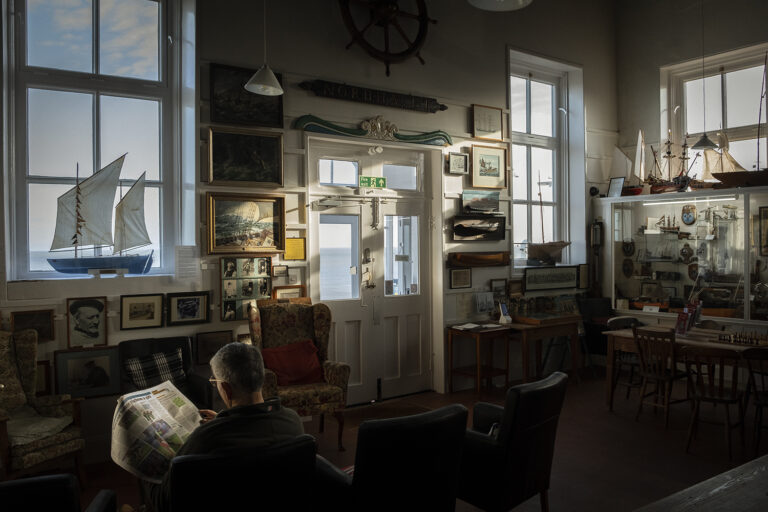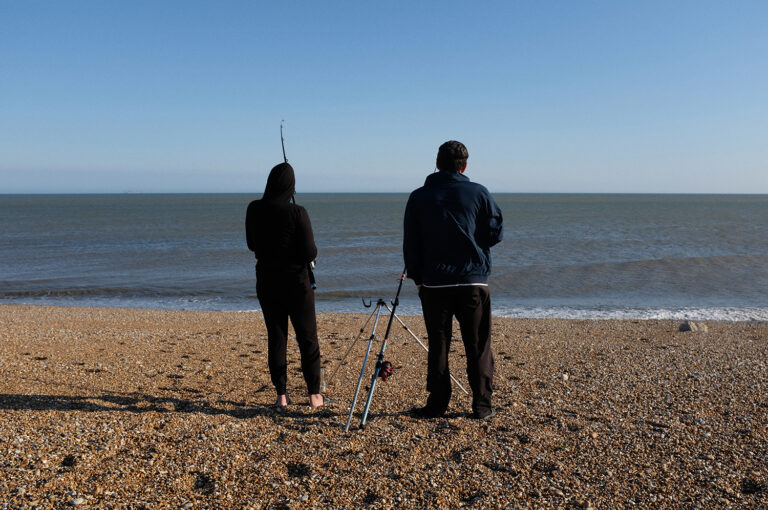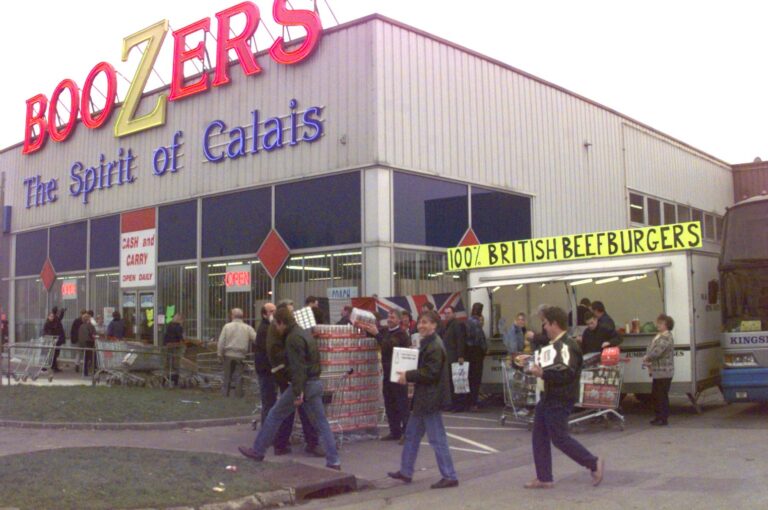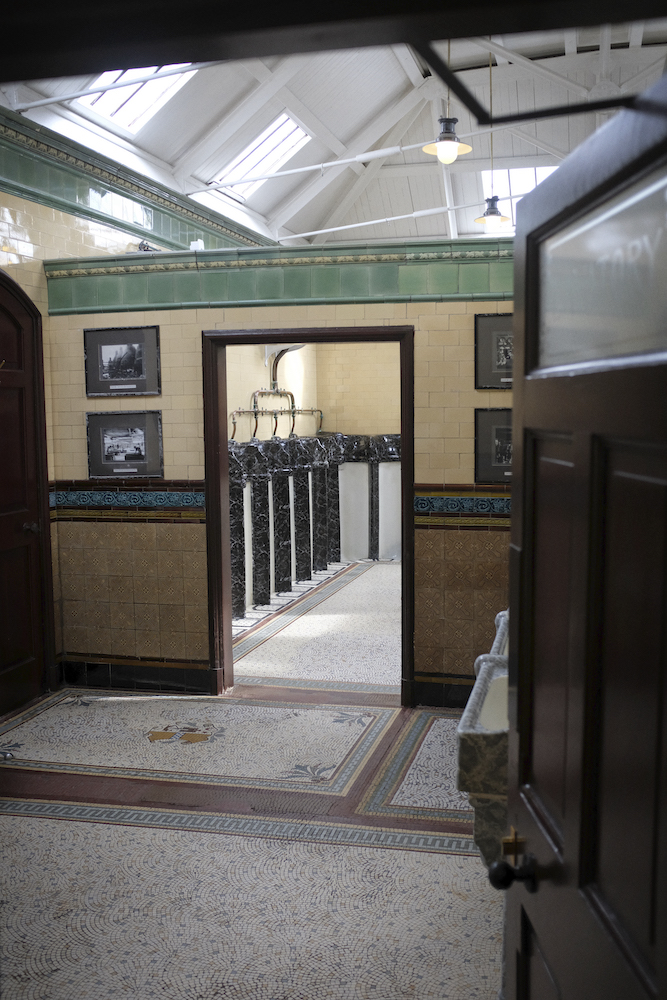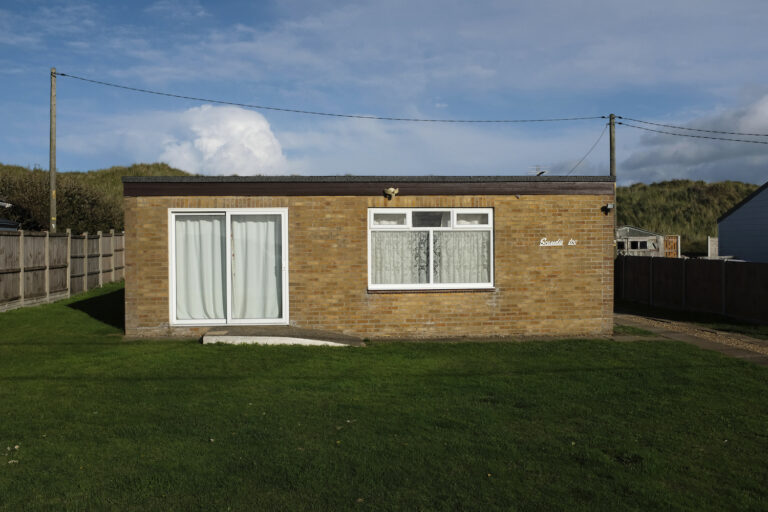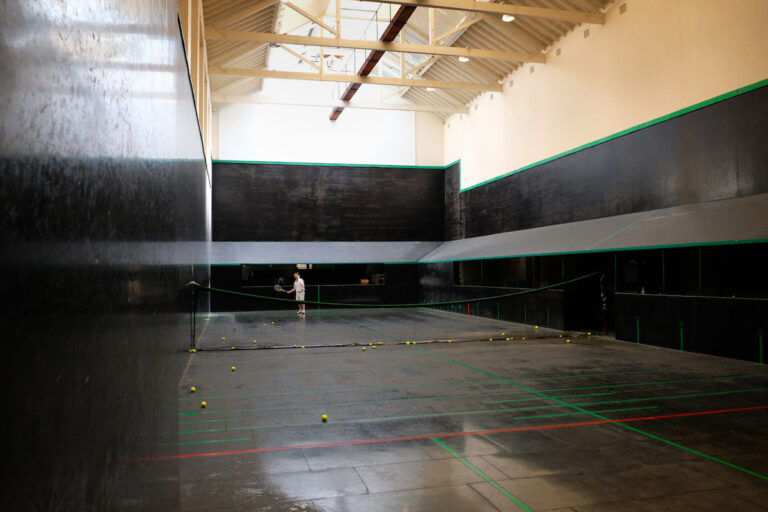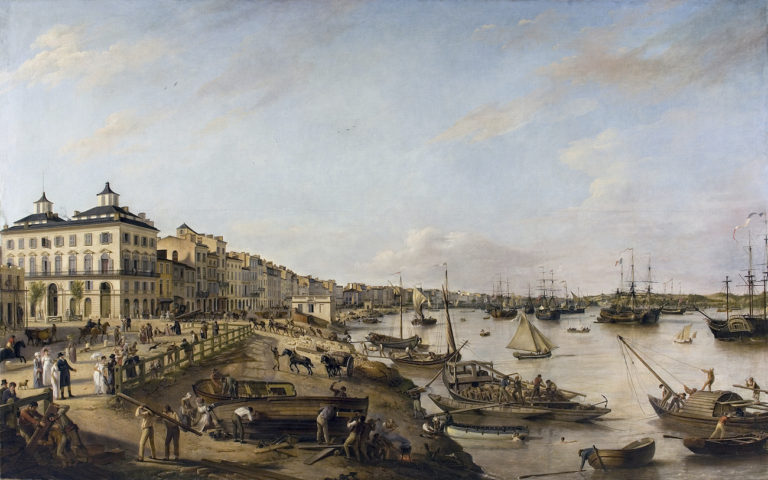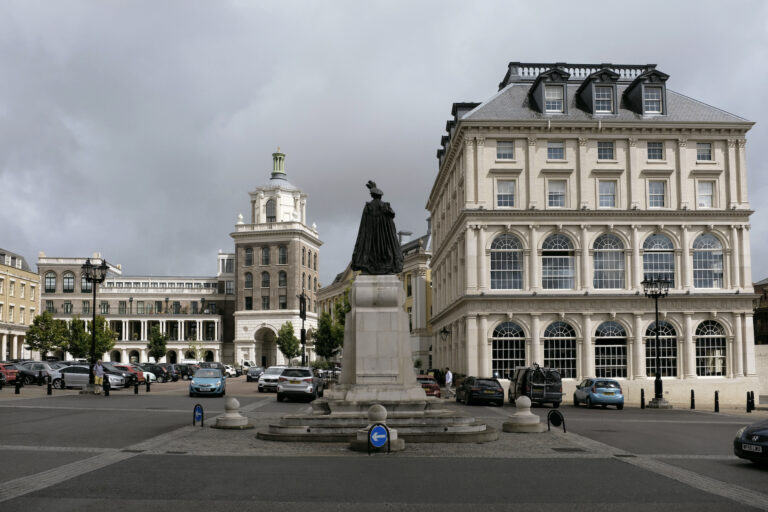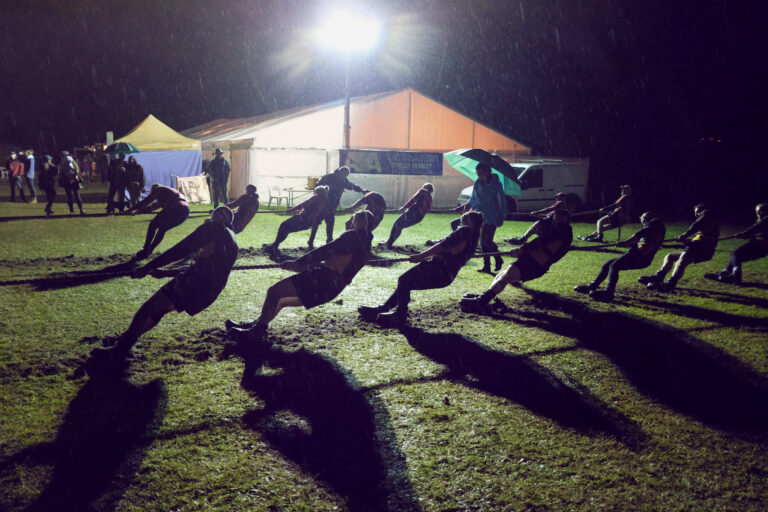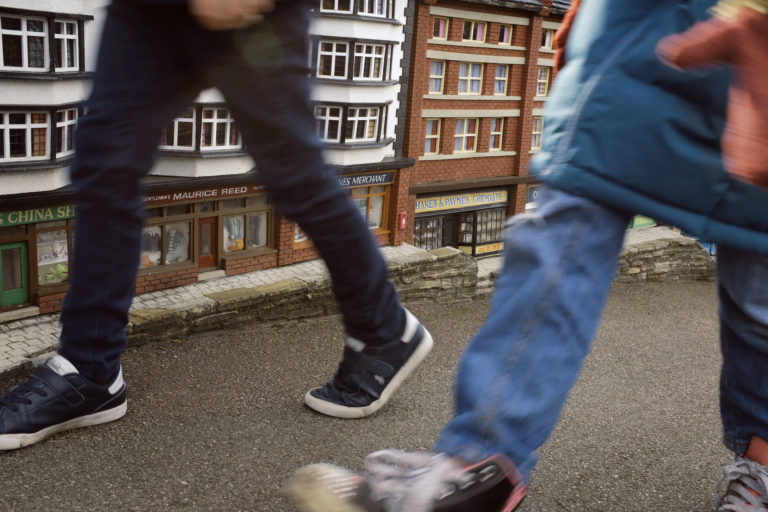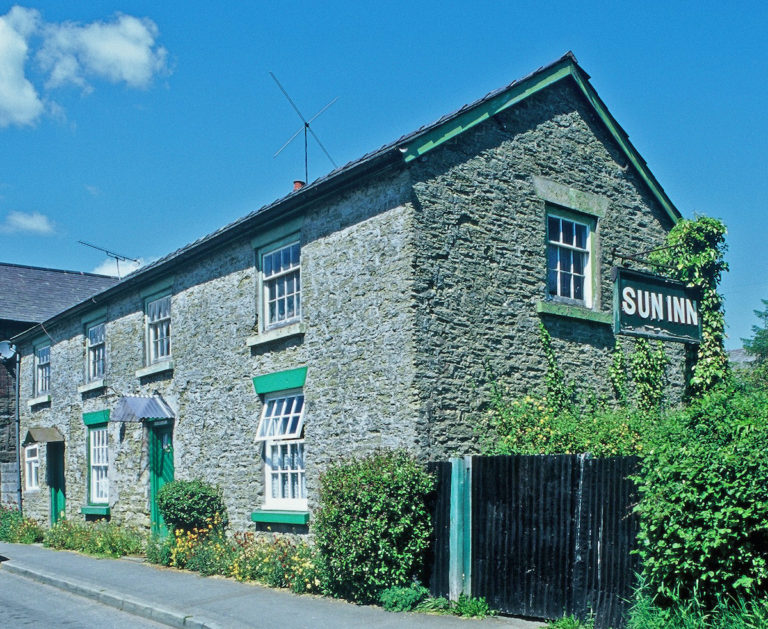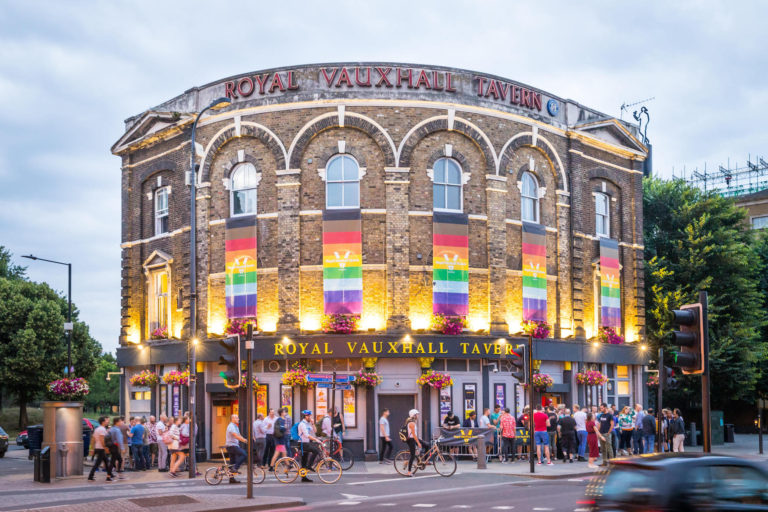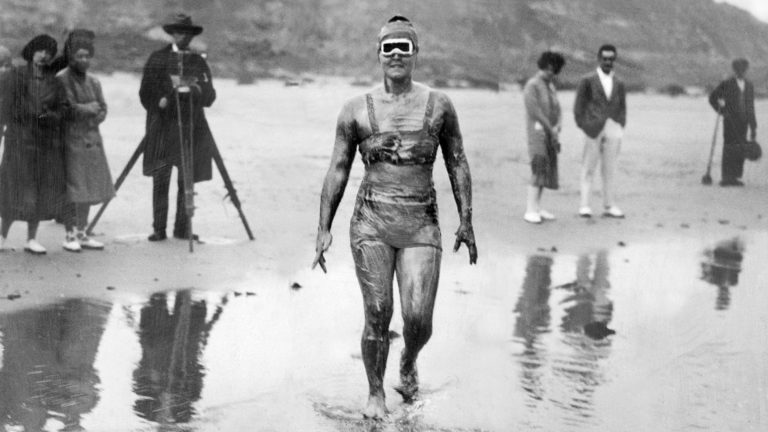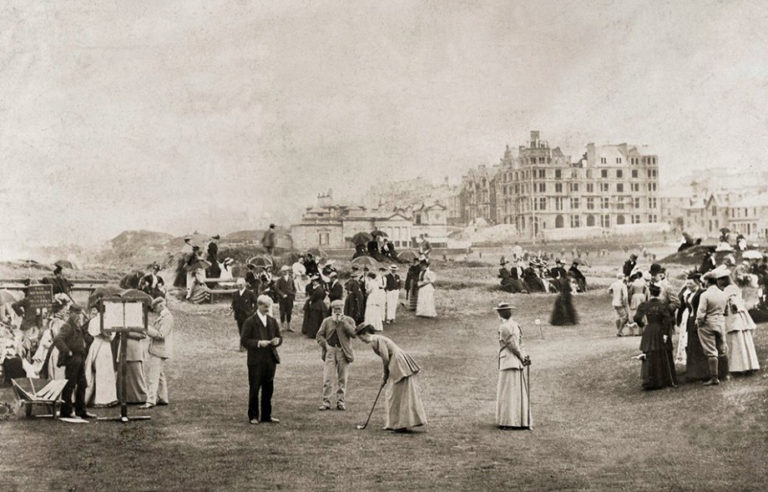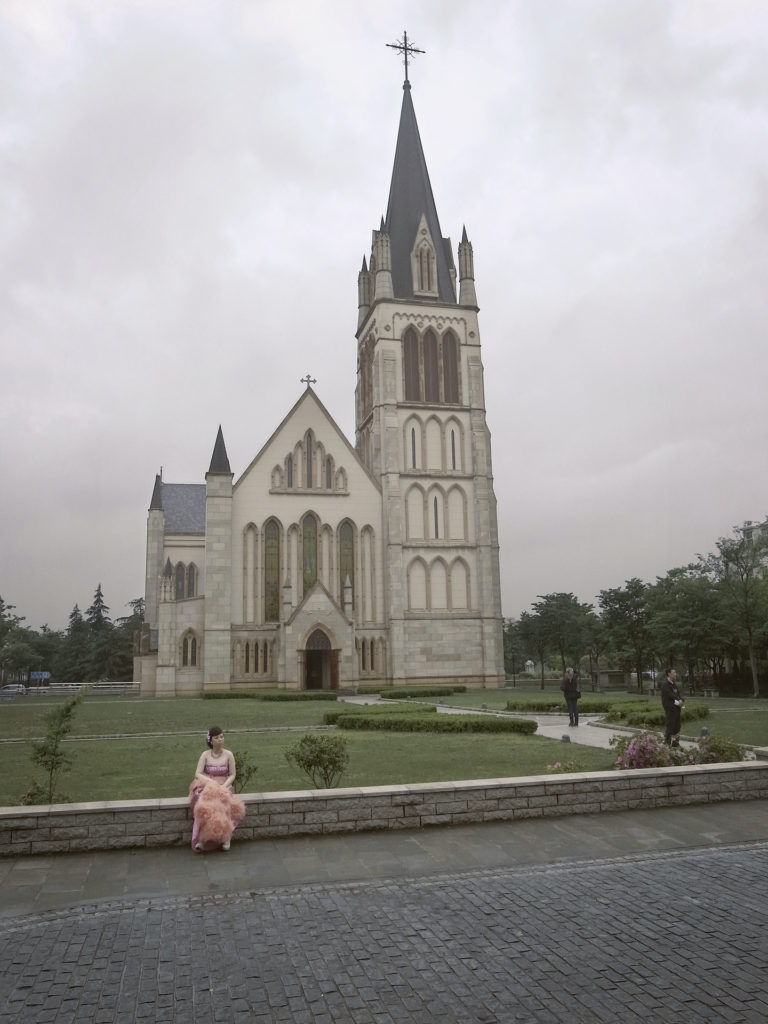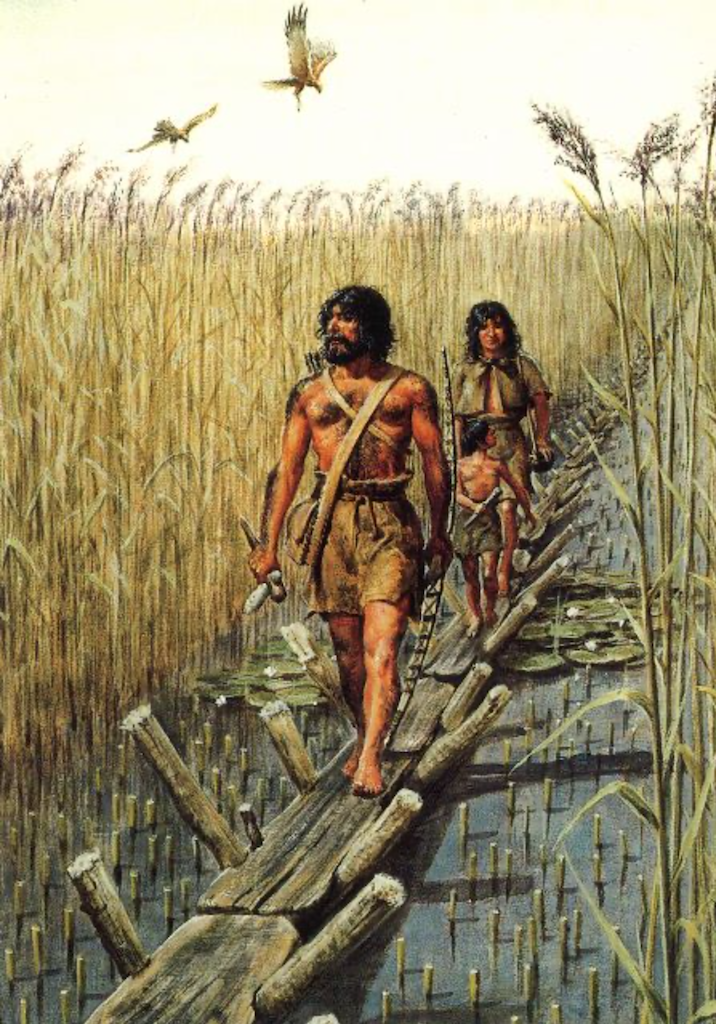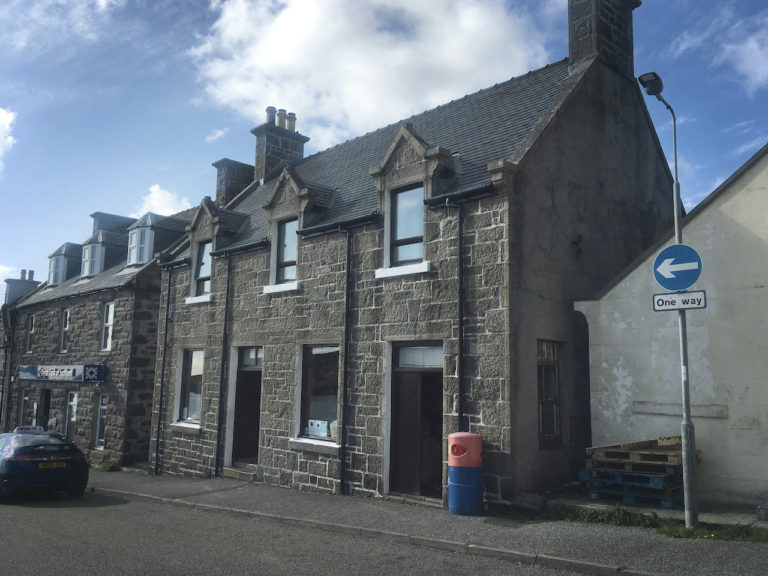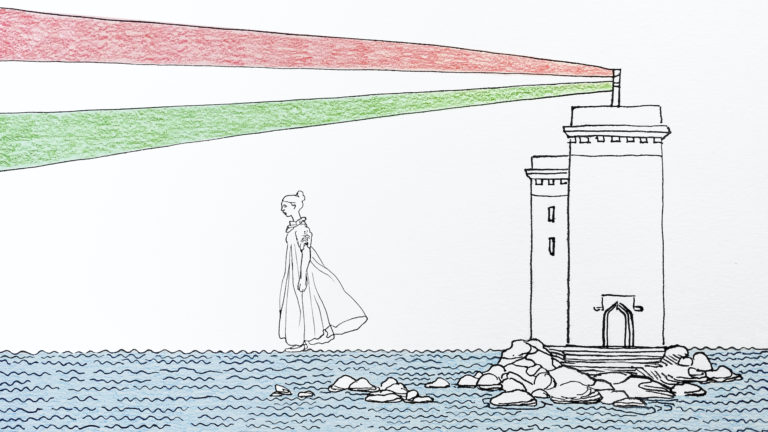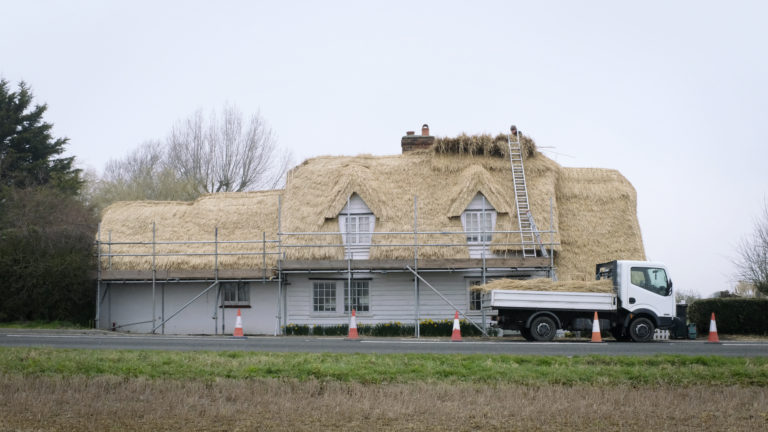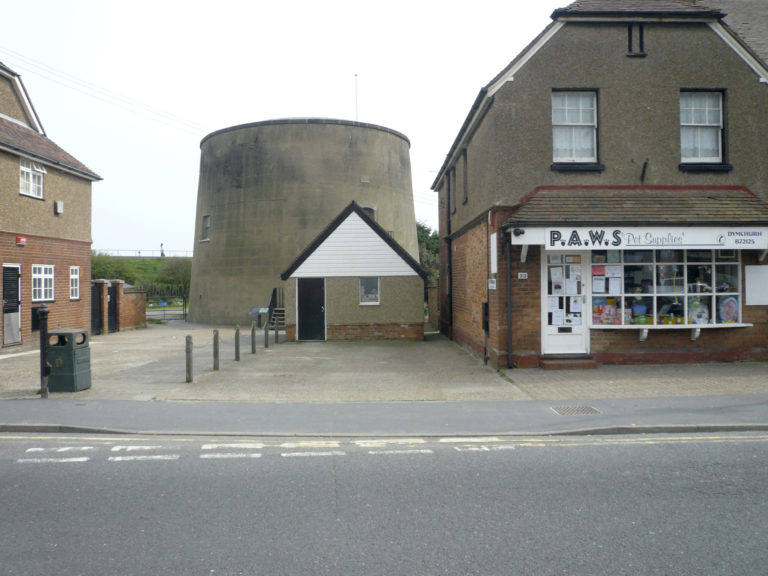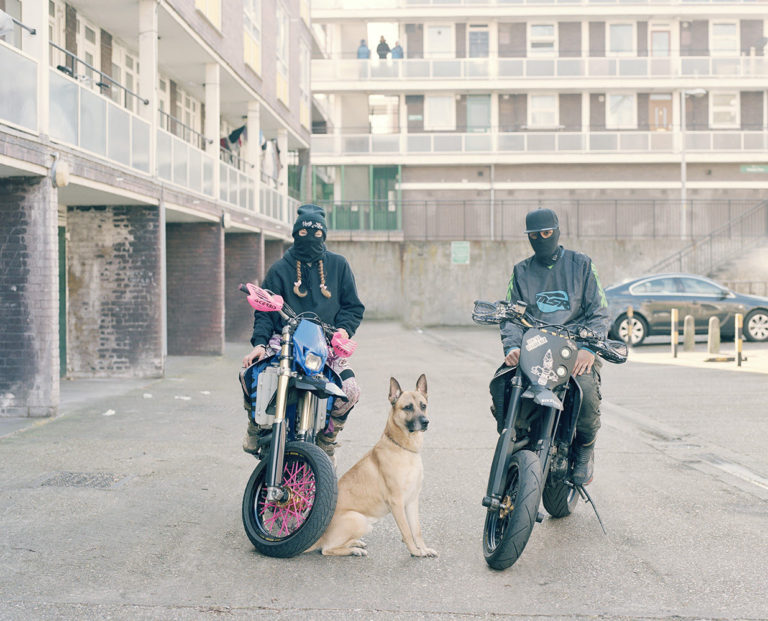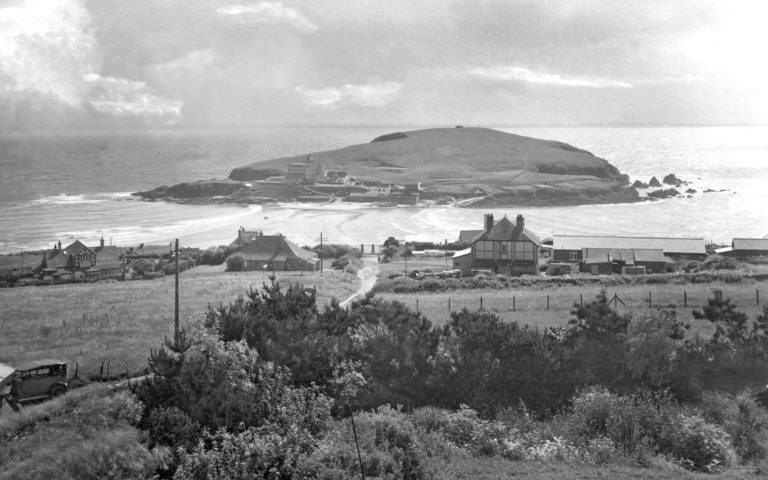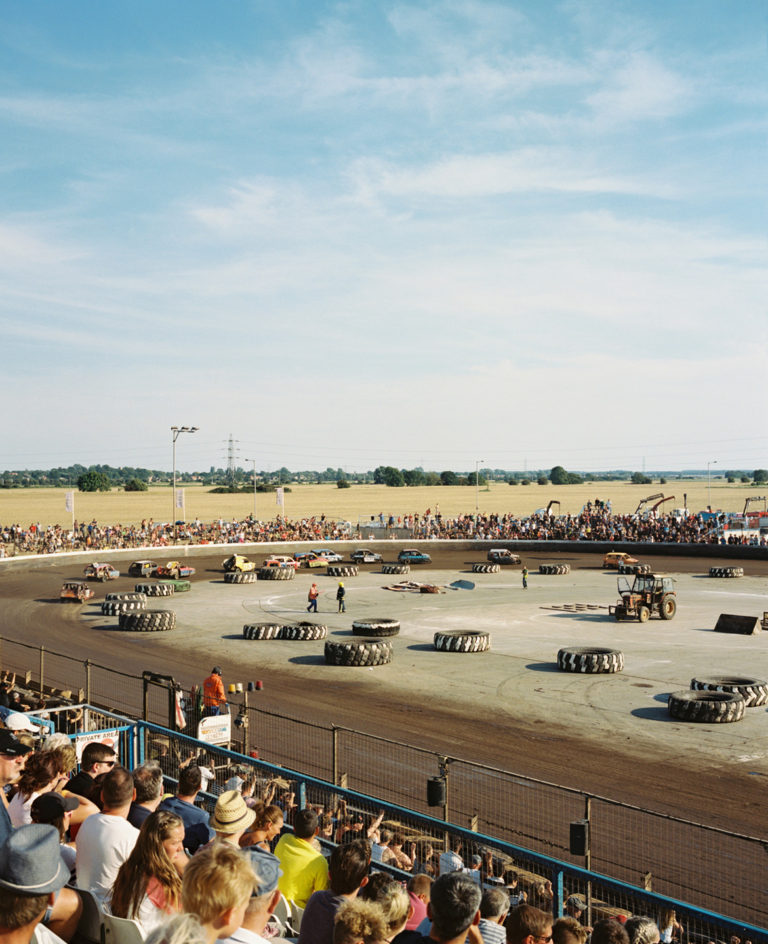PHONE BOX LIBRARIES I Westbury-sub-Mendip, Somerset, England (and all over)
Reinventing a British icon. Illustration by Rachel Thorlby.
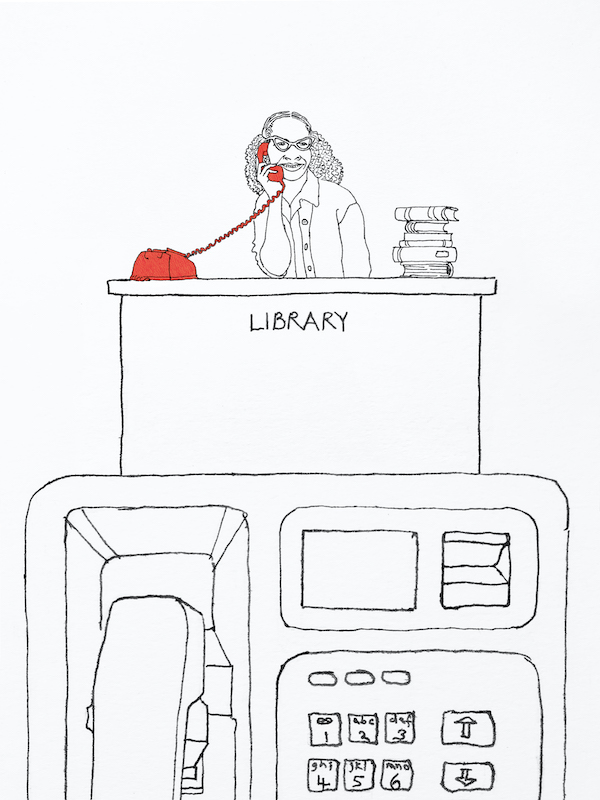
Rachel Thorlby

Knockrome, Isle of Jura, Scotland
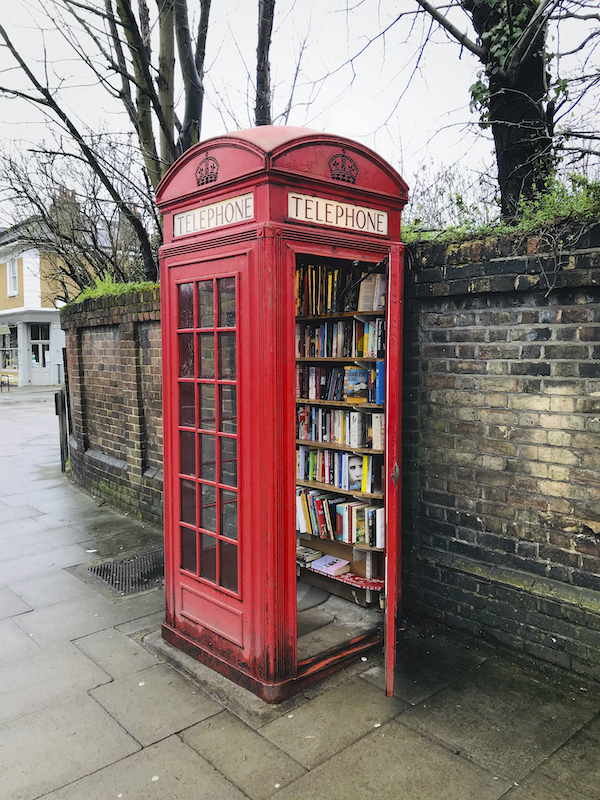
Lewisham, London, England
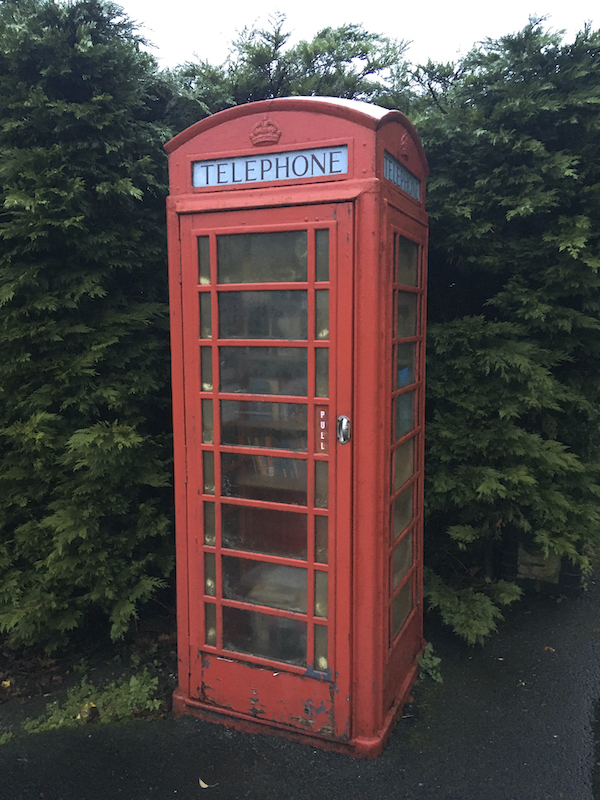
Bickleigh, Devon, England
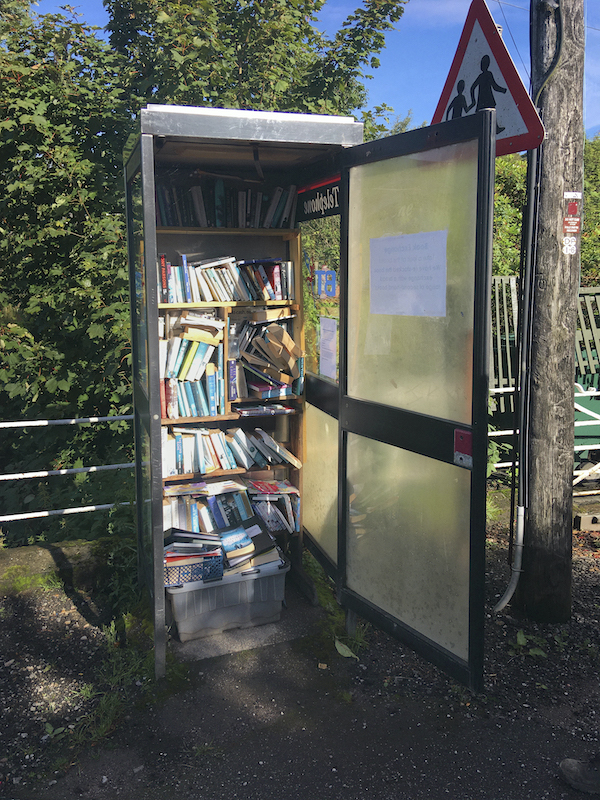
Clachan, Kintyre Peninsula, Scotland
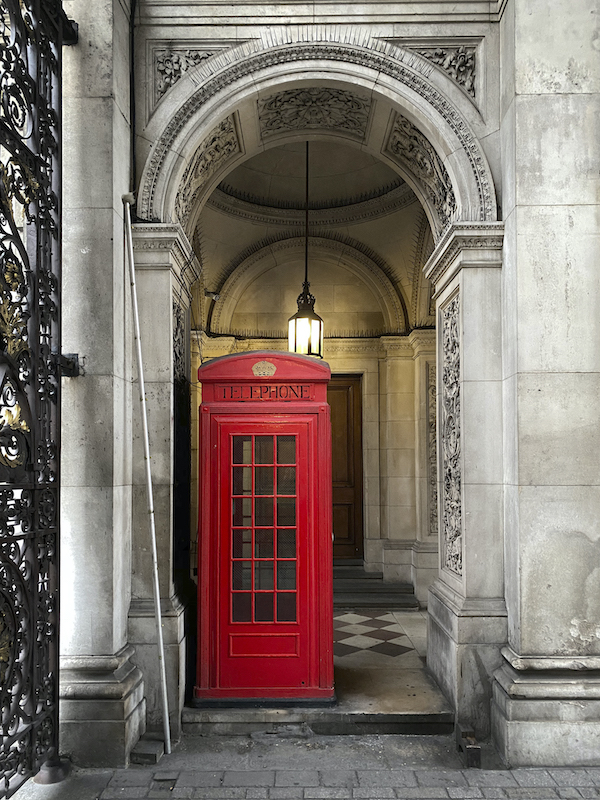
The original wooden K2 prototype. Royal Academy, Picadilly, London, England
The UK seems to have more iconic designs than any other country; the London black cab, red post boxes, the Mini, the London Underground map, the kilt. As famous as any though is the red telephone box. The original K2 version was designed by Sir Giles Gilbert Scott in 1926, then updated in 1936 with a similar but smaller, cheaper, K6 version. Wikipedia says the red colour originally caused ‘particular local difficulties and there were many requests for less visible colours’, the famous currant red seems to have been accepted now. The original crown at the top of the box was the Tudor Crown design, replaced by Queenie in 1953 with St Edward’s crown, as used in coronations and picked out nicely in gold paint since the 1990s. The boxes also turn up in Malta, Bermuda, Cyprus and Gibraltar, just to prove that The Empire wasn’t all bad. The wooden K2 prototype still nestles comfortably under the left hand arch of the Royal Academy in London and there’s enough subtle variants of style and colour across the country to keep any obsessive collector happy but let’s not get sidetracked please. They are wonderful creations but honestly who needs a phonebox now when 95% of UK households have a mobile? The KX100 version kept the vibe alive for a while but had no sides at the bottom so whilst it lost its iconic design it didn’t stink of wee in quite the same way.
Production of the red boxes stopped in 1985 but in 2009 the village of Westbury-sub-Mendip gave us a glimpse toward a new dawn for these grand old dames. On losing their mobile library they decided to convert their K6 box into a static library, albeit a very small one. In the same year BT introduced their Adopt a Phonebox scheme; for a nominal £1 you can use your box for anything you fancy, except telephony. In other news they have also been converted into galleries, tea stops, card shops and defibrillator access points. The libraries seem the most popular though with more than 150 communities going down that road. There’s an interactive map here with a full list of UK locations.
It does seem wonderfully anachronistic to replace even a mobile library with a space that must hold a few dozen books tops. This is certainly missing the point though. The creation of a phonebox library expresses a communion with your fellow humans, all the more so since it’s an honesty communion. As the box in the badlands of South London says ‘It’s not what you get but what you leave behind’. You can choose to swap a book or just return the one you have borrowed after reading. The Coracle was very happy getting rid of Tamsin Calidas’ I Am An Island in return for the RSPCA Guide to Eagles.
If you’ve got your eye on a phonebook conversion sign up here and get yourself down to your local DIY for some shelf brackets Sir Giles would have been proud of.
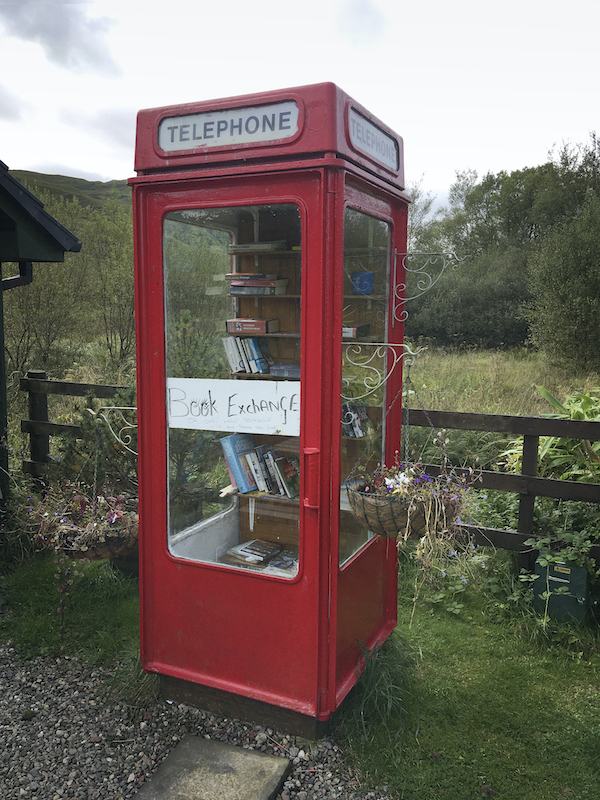
Acharacle, Ardnamurchan Peninsula, Scotland

Toot Hill, Essex, England

The original wooden K2 prototype. Royal Academy, Picadilly, London, England

Rachel Thorlby

Knockrome, Isle of Jura, Scotland
The UK seems to have more iconic designs than any other country. The London Taxi, the Tube Map, Red Post Boxes, the Mini, the Kilt. As famous as any though is that cheeky red telephone box that just won’t disappear. The original K2 version was designed by Sir Giles Gilbert Scott in 1926 and then updated in 1936 with a similar but smaller and cheaper K6 version. They also turn up in Malta, Bermuda, Cyprus and Gibralatar, just to prove that The Empire wasn’t all bad. Wikipedia says the red colour caused ‘particular local difficulties and there were many requests for less visible colours’, presumably that currant red (BS381C-Red539) was pre-iconic. The Original crown was the Tudor Crown, replaced in 1953 by Queenie with the actual St Edward’s crown used in coronations, picked out nicely in gold paint since the 1990’s. The original wooden K2 prototype still nestles comfortably under the left hand arch of the Royal Academy in London and there’s enough subtle variants of style and colour to keep any obsessive collector happy but let’s not get sidetracked please. They are wonderful creations but honestly who needs a phonebook now when 95% of Uk households have a mobile? The KX100 version kept the vibe alive for a while but had no sides at the bottom so whilst it lost it’s iconic design it didn’t stink of piss in quite the same way.

Lewisham, London, England

Bickleigh, Devon, England
How do you update a classic? Thomas Heatherwick’s London Bus seemed particularly successful even if it has subsequently proved too expensive for Sadiq. Production of the iconic red ones stopped in 1985 but in 2009 the village of Westbury-sub-Mendip gaffer a glimpse toward a new dawn for these grand old dames. They lost their mobile library and decided to convert their K6 box into a static library, albeit a very small one. In the same year BT introduced their Adopt a Phonebox scheme; for a nominal £1 you can use your box for anything you fancy, except telephony for some reason. In other news they have also been converted into galleries, tea stops, card shops and defibrillator access points. The libraries seem the most popular though and more than 150 communities have gone down that road. There’s an interactive map here with a full UK listing of locations.

Clachan, Kintyre Peninsula, Scotland

Acharacle, Ardnamurchan Peninsula, Scotland
It does seem wonderfully anachronistic to replace even a mobile library with a space that must hold a few dozen books tops. This is almost certainly missing the point though. The creation of a phonebook library expresses a communion with your fellow humans, all the more so since it’s an honesty communion. You can choose to swap a book or just return the one you have borrowed after reading. The Coracle was very happy getting rid of Tamsin Calidas’ I Am An Island for the RSPCA Guide to Eagles.
If you’ve got your eye on a phonebook conversion sign up here and get yourself down to your local DIY for some shelf brackets Sir Giles would have been proud of.

Toot Hill, Essex, England

The original wooden K2 prototype. Royal Academy, Picadilly, London, England
